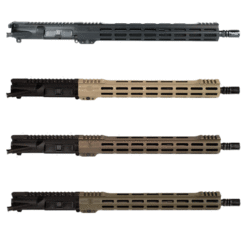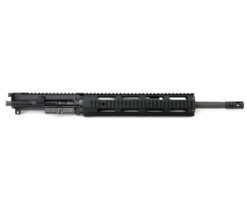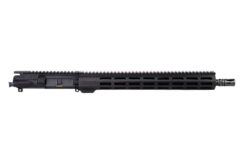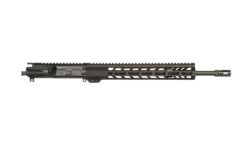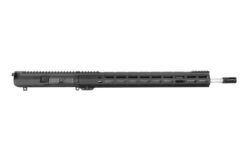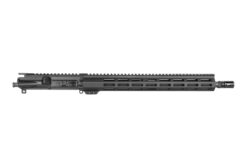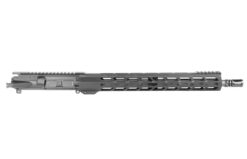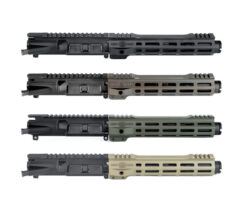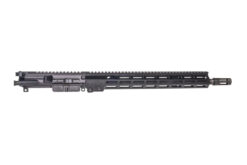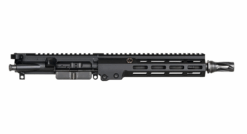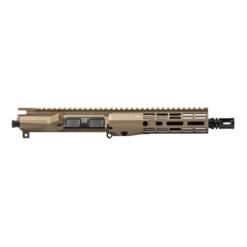Save 7%
MSRP: $279.95
$259.95
On-Sale
Save 34%
MSRP: $334.95
Original price was: $299.95.$219.95Current price is: $219.95.
Save 12%
MSRP: $329.95
$289.95
Save 21%
MSRP: $569.95
$449.95
Save 7%
MSRP: $279.95
$259.95
Save 10%
MSRP: $438.95 – $478.95
Price range: $395.95 through $431.95
On-Sale
Save 43%
MSRP: $399.95
Original price was: $359.95.$229.95Current price is: $229.95.
Save 17%
MSRP: $389.95
$324.95
Save 4%
MSRP: $499.95
$479.95
Save 3%
MSRP: $329.95
$319.95
Save 10%
MSRP: $334.95
$299.95
Dirty Bird 20″ Lightweight .22-250 Rifle Stainless Steel Slick-Side M-LOK Complete Upper
Dirty Bird Industries
Save 10%
MSRP: $799.95
$719.95
Save 11%
MSRP: $324.95
$289.95
Save 21%
MSRP: $329.95
$259.95
Save 11%
MSRP: $369.95
$329.95
Save 9 – 10%
MSRP: $417.95 – $437.95
Price range: $379.95 through $394.95
Save 15%
MSRP: $590.00
$503.95
Geissele Automatics Super Duty MOD1 AR-15 Complete Upper Receiver Carbine – Black – 14.5″
Geissele Automatics
MSRP: $1,260.00
$1,260.00
Save 13%
MSRP: $605.00
$525.95
Save 10%
MSRP: $749.99 – $799.99
Price range: $674.99 through $719.99
Save 10%
MSRP: $470.75 – $492.15
Price range: $424.95 through $442.95
Save 17%
MSRP: $599.00
$499.00
Save 14%
MSRP: $349.99
$299.99






